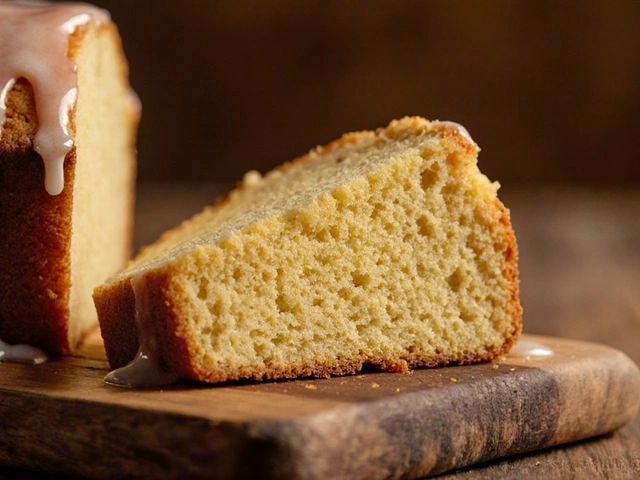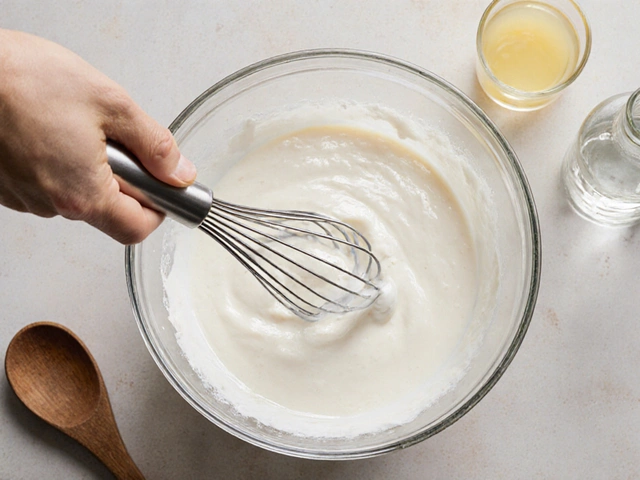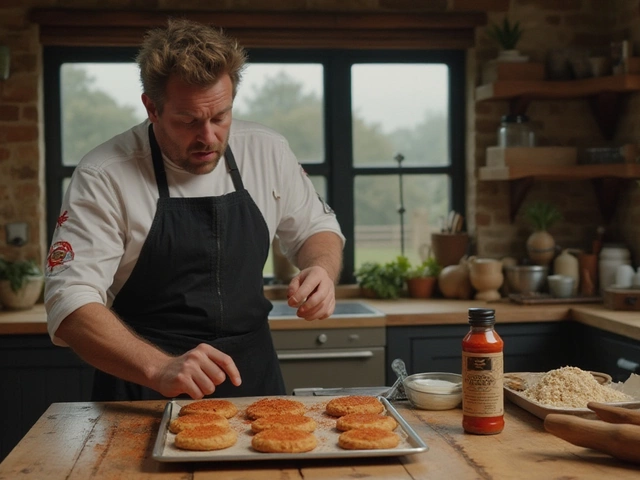British Language: English Terms and Baking Talk
When you write a recipe or describe a sweet treat, the words you choose matter. British English has its own quirks, from "biscuits" to "scones" and even the way we talk about brownies. This guide pulls together the most useful food words you’ll meet on our site, so you can write with confidence and sound natural.
Common Food Words Explained
One of the first things people notice is the difference between "cookies" and "biscuits". In the UK, a soft, chewy treat is still called a biscuit, while the harder, crunchy kind is often called a "cookie". Our post on "How to Make Cookies Soft" uses the term biscuit to keep the language consistent with British readers.
Another sticky point is "brownie". The word stays the same, but we sometimes add a British flavor by saying "brownies in English" when we discuss pronunciation or translation. The articles "Brownies: How to Say It in English" and "How to Say 'Brownies' in English" walk you through spelling, pronunciation, and fun facts that fit UK spelling rules.
When it comes to vegan sweets, the UK market often uses the phrase "vegan candy" instead of "vegan sweets". Our guides on "Are Oreos Vegan?" and "Vegan Candy Guide" both use the British spelling of "vegan" and keep the tone informal, which matches how most UK blogs talk about plant‑based treats.
Tips for Using British English in Recipes
Measure units are a quick win. The UK prefers grams and millilitres, so list flour as "200 g" rather than "1 cup". If you need to mention temperature, write "180 °C" instead of "350 °F". This simple swap makes your recipe feel at home on a British kitchen counter.
Spelling differences can trip you up. Words like "flavour", "colour", and "behaviour" all keep the extra "u" in UK English. Our post on "Cheesecake: Why It Tastes So Good" uses British spelling throughout, showing how easy it is to stay consistent.
Finally, think about language tone. British readers enjoy a friendly, slightly self‑deprecating style. Saying "If your brownies turn out a bit dry, don’t panic – a drizzle of caramel can save the day" feels more relatable than a formal warning. Use "you" and "we" to keep the conversation relaxed.
By mixing these vocabulary tips with the practical baking advice on our site, you’ll create content that sounds natural to anyone in the UK. Whether you’re writing about "how many macaron fit in a 5‑tier tower" or explaining "the king of spicy pepper", the right words make a big difference.
Want a quick cheat sheet? Write down the British terms you use most, check spelling with a UK dictionary, and convert measurements to metric. Then read your draft out loud – if it sounds like a chat over tea, you’ve nailed it.
Keep exploring our posts for more examples. Each article shows how British English can be woven into food writing without sounding forced. Happy baking, and happy writing!






